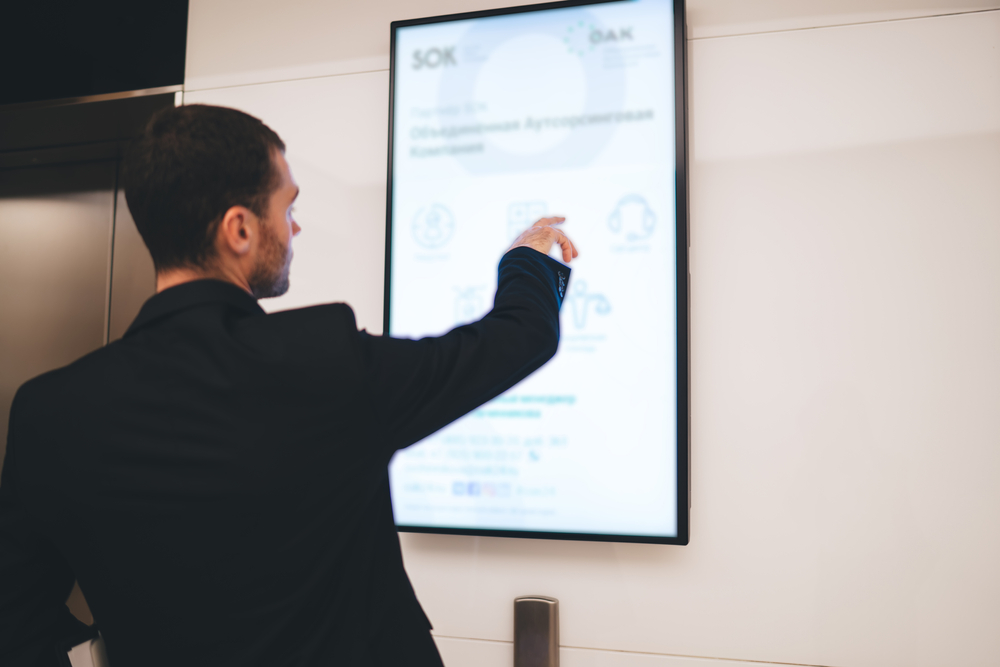The Value of Effective Trial Presentations in Today’s Legal Practice
The Value of Effective Trial Presentations in Today’s Legal Practice
Blog Article
The Power of Visuals in Test Presentations for a Winning Debate
The assimilation of visuals in trial discussions has become an important consider effectively connecting intricate arguments to jurors. By utilizing numerous kinds of aesthetic aids-- be it diagrams, photos, or computer animations-- lawyers can boost understanding and retention, ultimately shaping the jury's assumption of the situation. This approach not just clarifies intricate stories yet also develops a psychological resonance that can influence decision-making. As we discover the subtleties of this technique, it comes to be important to take into consideration how particular kinds of visuals can make a significant difference in test end results. What sensible strategies might attorneys use to maximize this possibility?
Value of Visuals in Trials
In many lawful settings, visuals play a crucial duty in improving the performance of test presentations. The integration of visual components can significantly impact jurors' understanding and retention of intricate details, consequently forming their perceptions and choices. Visuals, such as charts, layouts, and photos, can simplify complex narratives, making them extra available and engaging.
Moreover, the human brain processes visual info extra efficiently than message, which emphasizes the importance of incorporating visuals right into legal disagreements. By converting dense lawful ideas right into visual formats, attorneys can assist in clearer communication, guaranteeing that bottom lines are not forgotten during tests.
Additionally, visuals serve to engage jurors on an emotional degree, fostering a link to the instance that words alone may fall short to achieve. The tactical use visuals can evoke compassion, prompting jurors to consider the human aspects of the instance.
Ultimately, the value of visuals in trials depends on their ability to enhance clarity, improve juror engagement, and reinforce the story being presented. This potent combination is crucial for crafting influential disagreements that reverberate with jurors and affect the result of lawful process.
Kinds of Visuals to Use
Effective test presentations can considerably gain from a variety of aesthetic tools that deal with various elements of the instance. trial presentations. Making use of diagrams and graphes can efficiently break down complex information, making it more digestible for jurors. For example, flowcharts can highlight the series of events, while bar charts may succinctly contrast pertinent data factors.

Animations and simulations can also play a crucial role, specifically in instances entailing technical data or detailed circumstances. These visuals can dynamically represent procedures or activities, supplying quality and interaction that static pictures might not attain.
In addition, infographics combine message and visuals to summarize necessary info effectively. They can provide timelines, statistics, and considerable case points in an aesthetically appealing manner, making it much easier for jurors to adhere to the argument.
Enhancing Comprehension and Retention

Enhancing comprehension and retention during test presentations is important for making certain that jurors grasp the important elements of a case. Visual aids work as powerful devices hereof, converting complicated details right into conveniently absorbable styles. By using charts, diagrams, and infographics, lawyers can simplify intricate data and highlight bottom lines that might otherwise be forgotten.
Research studies have shown that people keep details dramatically better when it is presented aesthetically. This is particularly important in a trial setup, where jurors might be overwhelmed by the quantity of evidence and testament. By tactically including visuals, lawyers can direct jurors' interest to one of the most important facets of the situation, enhancing their understanding and memory of the product presented.

Producing Engaging Presentations
Exciting jurors' attention during test discussions is crucial for communicating an engaging narrative. Engaging discussions take advantage of visual aspects to create a memorable experience that reverberates with jurors. The strategic usage of graphics, animations, and video clips can elucidate complicated details, making it a lot more available and relatable.

Additionally, incorporating narration strategies can boost involvement. Presenting proof in a logical series that builds sob story enables jurors to connect with the material on a personal level. Numerous discussion formats, such as including brief video clip clips or interactive components, can additionally receive passion and focus throughout the trial.
Inevitably, an interesting discussion fosters a more extensive understanding of the case, allowing jurors to better value the arguments existing and bring about an extra favorable outcome.
Instance Studies and Success Stories
Many study highlight the substantial impact of visuals in test discussions, demonstrating their ability to influence juror understandings and ultimately the results of instances. For instance, a significant case entailing an individual injury case showed just how the usage of a 3D animation of the mishap scene clarified complicated information. Jurors reported feeling more educated and empathetic, dramatically guiding their decision in favor of the plaintiff.
In one more circumstances, a business lawsuits case used infographics to existing financial information and timelines, making intricate info accessible. The graph allowed jurors to grasp the nuances of the instance much more effectively than verbal descriptions alone. trial presentations. Therefore, the jury returned a decision that went beyond the client's expectations
The compelling visuals not just assisted in producing question however additionally resonated mentally with jurors, leading to a pardon. These success tales emphasize the requirement of integrating visuals into trial presentations, as they improve understanding, retention, and eventually, the influential power of legal debates.
Conclusion
In verdict, the tactical unification of visuals in trial presentations dramatically improves jurors' understanding and retention of complicated details. By using numerous sorts of visuals, lawyers can effectively make clear crucial points and foster psychological links with the audience. Involving discussions, supported by compelling instance studies, show the extensive impact that visuals can carry influential communication. Eventually, the power of visuals functions as a critical aspect in attaining beneficial trial outcomes. wikipedia reference
Report this page